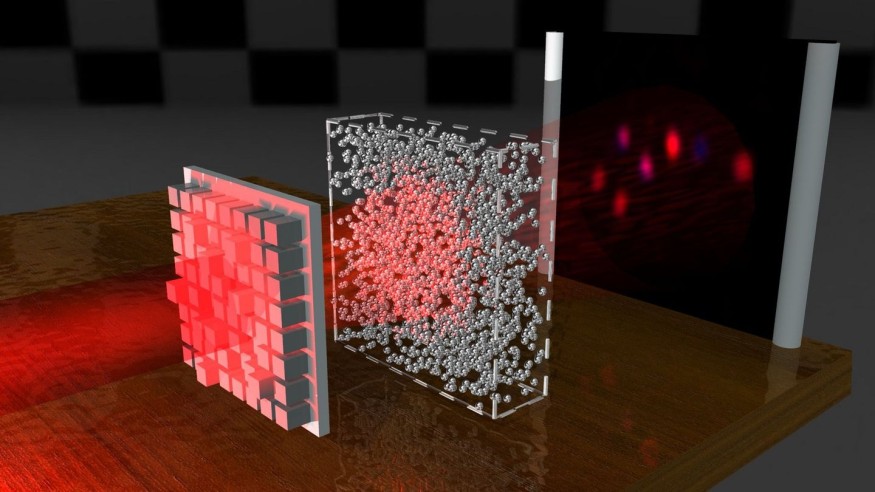Utrecht University and TU Wien (Vienna) researchers have developed unique light waves that can infiltrate opaque materials as if they didn't exist.
A light beam will travel through a blurred medium and project the same image onto a detector that would be observed if the medium were not present.
The propagation of light waves reflecting from a light source onto an entity and then into the human eye makes things visible. As a result, the researchers hypothesized that they could apply this idea to inspect the items' interior.
"Each of these light wave patterns is changed and deflected in a very specific way when you send it through a disordered medium," explained Professor Stefan Rotter from the Institute of Theoretical Physics at TU Wien in a statement.
Experts recently published their findings in Nature Photonics. The study title is "Scattering Invariant Modes of Light in Complex Media."
How Researchers Played With Light and Opacity
Professor Stefan Rotter and his colleagues devised statistical models to explain these light scattering phenomena.

For comparison: The light beam without scattering.
The team used an invisible zinc oxide film as a light-scattering medium in their study. It's made up of a white powder with nanoparticles arranged absolutely at random.
The scattering-invariant light modes on the other side of the powder were then captured in the same pattern - though somewhat flawed than when sent by a detector.

The scientists' team went much further than the notion of light passing through an obstacle without being obstructed. They produced a light wave encoded with an image - in this case, the constellation Ursa Major. They projected it onto a detector through zinc oxide by correctly connecting several scattering invariant light modes.
Furthermore, there are a potentially infinite number of light waves, which means that they can be detected, even though they are challenging to measure.
This latest discovery could make imaging procedures in biomedical applications a lot easier.
"One aspect we are very excited about is the fact that the light fields we introduced in our work not only seem to be special in the output field patterns they produce behind the object but also inside of it," Professor Rotter told The Independent.
Further Research Needed
Professor Rotter added that further research is needed because biological processes are full of activity, such as blood circulating through the body. This makes it difficult to determine the patterns used to allow light to travel through the material since experts must complete the calculations faster than the movement's timescale.
For the time being, the breakthrough may aid scientists who want to analyze smaller objects, such as cells. Professor Rotter claims it will only be a matter of time before measuring instruments become quick enough and inexpensive enough to allow for more advanced applications.
The new research builds on the team's previous work using light waves to disguise artifacts like the invisibility cloak. The research could lead to new imaging techniques, such as X-rays, that allow you to see safely through the body. However, much work remains to be done before such technologies can be applied.
RELATED ARTICLE : Researchers Manipulate Antimatter With Laser for the First Time
Check out more news and information on Technology on Science Times.










